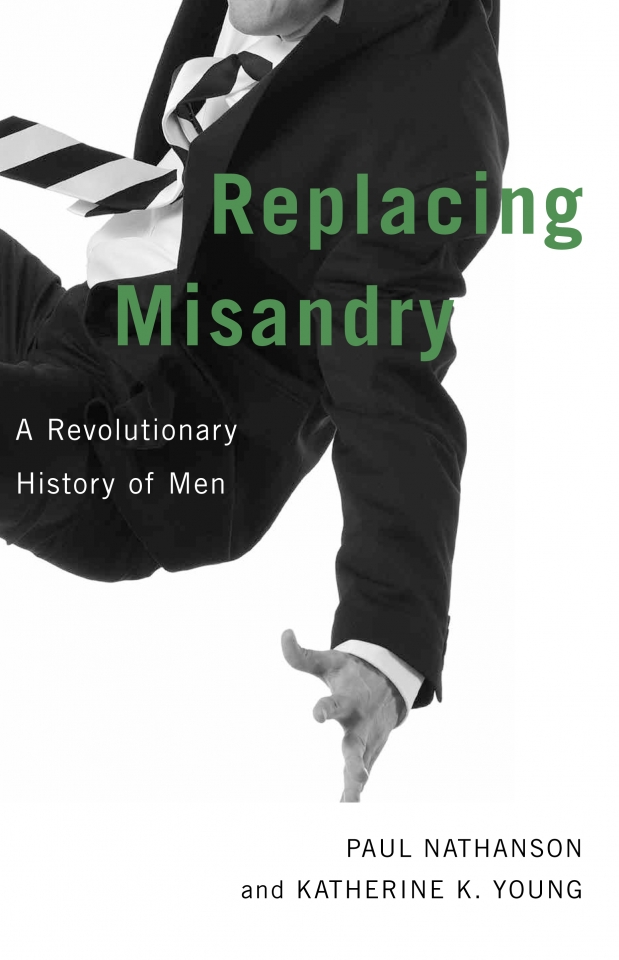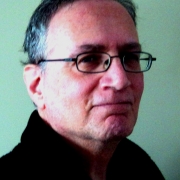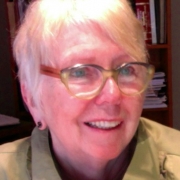Writing about unpopular topics is no picnic. But then, original thinking is always risky. In this book we challenge conventional notions about men and, by doing so, also conventional notions about women. But each of us comes to this project from a distinctive personal background.
As a child, Paul was the gay target of schoolyard bullies, both boys and girls in equal measure. Today, parents would sue the school board or find some other school for a bullied child. In those days, no one did that. Besides, he was too ashamed of himself even to discuss the problem with them. Given a Jewish education that focused heavily on justice in the face of persecution, Paul began to realize that he didn’t deserve abuse, no matter how inadequate he felt, because no one deserved relentless ridicule and implacable hostility. So he’d have to think for himself, not only about who he was in relation to other boys and men--and to girls and women--but also, more generally, about ways in which both men and women can challenge prejudice.
How the rhetoric of equality can mask the reality of hierarchy has been at the existential core of Katherine’s personal and academic life. As a child growing up in a New England university town, she found that the Christian and democratic values of equality disguised a strongly class-based society. After marrying a black man, moreover, she discovered the enduring problems of ghetto life, which prompted a move to Canada. Later, when studying and teaching gender in the context of religious studies, she discovered another double standard: undermining sexual equality was a form of ideological feminism that either explicitly or implicitly views women as superior to men.
We call this form of feminism “ideological” because of its many parallels with other political ideologies on both the left and the right. Like other ideologies, this form of feminism divides the world into two camps: us (a class of innocent victims) and them (a class of oppressors). As a result, we now have both misogyny (hatred toward women) but also misandry (hatred toward men). This ideological worldview is not only profoundly gynocentric--revolving around the needs and problems of women to the exclusion of men’s--but also profoundly misandric--as if two wrongs can make a right.
Not surprisingly, our work provokes hostility from many women--especially those who believe in ideological forms of feminism, as distinct from egalitarian ones. In addition, though, we provoke hostility from many men--especially those who believe that every “traditional” notion of masculinity is worth preserving. But what if those points of view are inherently tendentious and therefore unreliable? What if truth, especially truth about the human condition, is inherently complex and therefore ambiguous? What if both women and men have characteristic disadvantages? What if only a few men actually benefit from “male privilege,” while most men pay the cost? What if justice is about reconciliation, not retribution or revenge in one direction or the other?
Replacing Misandry is the fourth in a series. In the first three volumes we explored current attitudes of women toward men. In the context of ideological feminism, that amounts to misandry, the sexist equivalent of misogyny. Misandry and misogyny do co-exist, but most people, including many alpha-males, assume that only misogyny is a social problem, something to be carefully monitored, denounced and solved through corrective legislation.
Our goal in this fourth volume is to replace a misandric theory of history--a profoundly cynical one that ideological feminism promotes--with a new theory. To do this, we must reconstruct the history of men—which is to say, the history of how societies have perceived the male body and therefore how they have defined masculinity. This takes us way beyond the immediate past in one society. In fact, it takes us back around twelve thousand years to the Neolithic and Agricultural Revolutions—the first of several technological and cultural revolutions such as the Industrial Revolution, what we call the Military Revolution (“universal” military conscription for men), the Sexual Revolution (reliable birth control) and the Reproductive Revolution (new reproductive technologies).
This volume reveals a profound problem that few people, women or men, have noticed. Men have found it increasingly hard to establish a healthy identity specifically as men. A healthy identity is, by definition, one that allows people, personally or collectively, to make at least one distinctive, necessary and publicly valued contribution to society. Historically, the male body allowed men to do so. For various reasons, that’s no longer the case. Women, it would seem, can do everything that men can do. Women certainly don’t need men to provide for them and their children or even to protect themselves (both, if necessary, with help from the state). The only exception, so far, is fatherhood. But even that’s very contentious in a world that sees no significant difference between mothers and fathers (aside from gestation and lactation) and therefore understands fatherhood as assistant motherhood at best.
In the next volume, we’ll discuss one method for overcoming the polarization between men and women--or any other groups in conflict: dialogue. We’re not referring to debate--in which the goal is for one side to triumph over and thus to silence the other--but dialogue, in which the goal is to maintain both voices in the spirit of mutual respect. Debate is very useful in research, to be sure, and legal proceedings. But dialogue is a specifically moral mechanism. Only inter-sexual dialogue would make possible our ultimate goal: reconciliation between men and women. Okay, we’re not yet ready for this—or even for responsible debate. But let’s at least begin listening carefully to each other. And this would mean women listening more carefully to men no less than men listening more carefully to women.
A retired researcher at McGill University, Dr. Paul Nathanson has explored the close but often hidden relation between religion and secularity. His first book is called Over the Rainbow: The Wizard of Oz as a Secular Myth of America. He has published articles on other movies with similarly mythic subtexts, such as Rebel without a Cause, and on culturally significant events, such as public response to the death of Princess Diana.
Dr. Katherine Young is Professor Emeritus in the Faculty of Religious Studies at McGill University. She is an expert on gender, Hinduism, comparative religion and ethics. Using her historical and comparative training, she examines some of the difficult problems of our times. On the topic of gender she has edited or contributed chapters to sixteen books on women and written over thirty encyclopedia articles including the overview article “Gender and Sex” in Vocabulary for the Study of Religion.
Together, they’ve written four volumes for McGill-Queen’s University Press: Spreading Misandry: The Teaching of Contempt for Men in Popular Culture (2001), Legalizing Misandry: From Public Shame to Systemic Discrimination against Men (2006), Sanctifying Misandry: Goddess Ideology and the Fall of Man (2010) and Replacing Misandry: A Revolutionary History of Men (2015).
Bookmark It!
As the voice of the humanities and social sciences in Canada, the Federation is a great supporter of books. Our Scholarly Book Awards (ASPP) has supported the publication of important Canadian scholarly books since 1941. Bookmark it! shares the story behind some of these fascinating books. Occasionally, we’ll also highlight other books that are significant to Canadian culture, society and research. Read more posts.
Livres à vous!
En tant que porte-parole des sciences humaines au Canada, la Fédération est une fervente défenseuse des livres. Notre Subvention du livre savant (PAES) soutient la publication d’importants livres savants canadiens depuis 1941. Livres à vous! dévoile les coulisses de ces livres fascinants. De temps en temps nous mettrons en avant d’autres livres qui jouent un rôle important pour la culture, la société et la recherche canadiennes. Lire d’autres billets.



